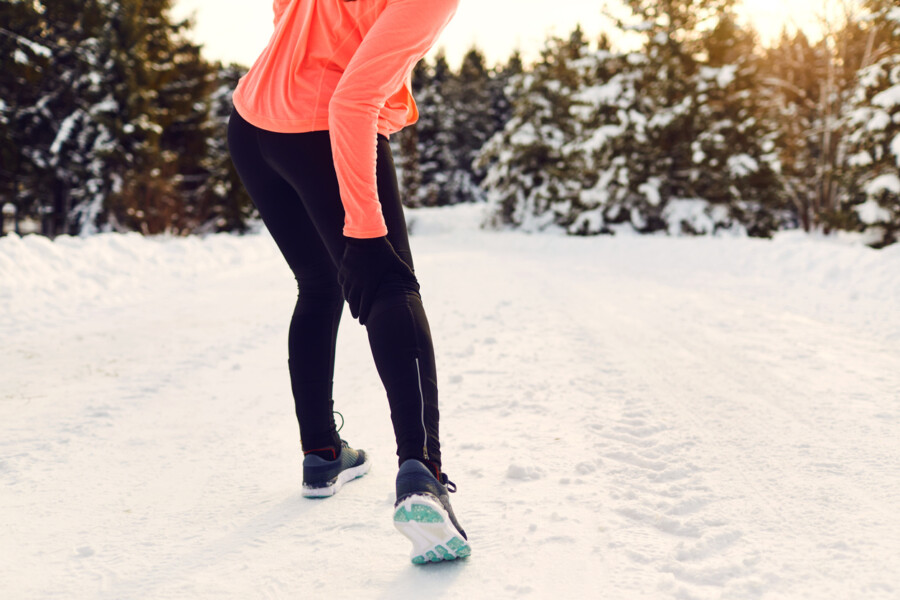Why Winter is Bad for Varicose Veins

Winter is tough on your body in many ways, even taking a toll on those swollen, unsightly varicose veins. You may not be thinking about those protruding vessels when you are curled up under the blankets enjoying the cocoa, but those veins can have a tough time rebounding when the temperatures start to climb again. Give your lower leg veins a break this winter with a little extra TLC designed just for them.
Get Moving
You may not feel like getting active when the temperatures cool down, but exercise is just as important in the winter as it is during the summer season. Your lower leg veins especially need that cardio work, because flexing calf muscles make it easier for them to push blood back up the body to the heart. Good winter workouts include:
• Using the elliptical or stationary bike at your neighborhood gym
• Swimming at the indoor pool
• Snowshoeing or cross country skiing
• Walking on an indoor track or at the mall
• Enrolling in a yoga or Pilates class
• Working out at home on your own machine or using a DVD Use caution when doing strength training workouts if you already suffer from varicose veins. The strain can make the symptoms of these vessels even more intense. If you want to keep up your strength training, opt for lighter weight and more repetitions to build lean muscles without stressing your vascular system.
Eat Right
Comfort food are usually what we crave this time of year, but many of those selections are high in fat, sugar and other substances that don’t provide much benefit to your veins. Instead, opt for fresh food selections whenever possible, including a variety of fruits and vegetables that provide potent antioxidants and other nutrients. By stocking up on the right nutrients, you can protect your vessels from inflammation and strengthen them to ward off varicose veins and minimize symptoms you are already experiencing.
Protect Your Skin
Dry skin, another common byproduct of the winter season, can also become more problematic if you suffer from varicose veins. Increased pressure inside swollen vessels can lead to changes in the skin, due to lack of sufficient oxygen and nutrients getting to the cells of the skin and tissue. Discoloration and irritation may be predecessors for more serious skin problems like venous dermatitis and venous ulcers.
Prevent skin problems in the winter by slathering on the moisturizer daily, preferably right after bathing when the skin is still damp. If you notice any changes to the skin, see your physician to determine if treatment is required for the skin condition or the varicose veins causing the condition.
Consider Treatment
Winter is an excellent time to seek varicose vein treatment before shorts season rolls around again. At Center for Vein Restoration, we offer a variety of minimally-invasive vein treatments that involve little discomfort and do not require any downtime afterward. Most of these treatments completely eradicate swollen vessels and the symptoms that frequently accompany them.
If varicose veins are putting a damper on your winter season or making you dread the upcoming warm weather months, we can help. Contact Center for Vein Restoration to find out which vein treatment is the right one for you.